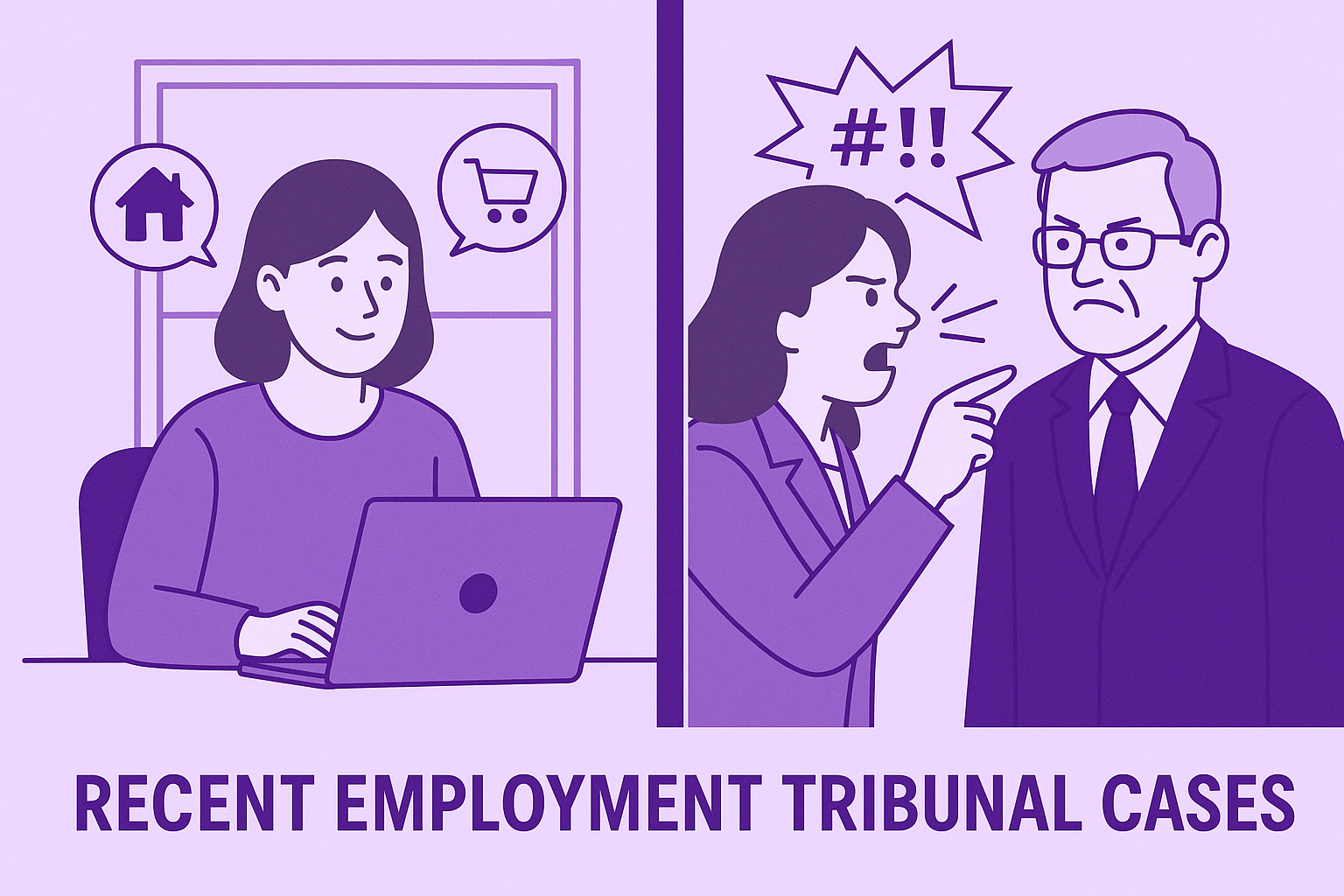A client came to me recently regarding an employee who was due to go on maternity leave.
She had been accruing holiday for the first 3 months of the year and had taken all the holiday she had accrued to date. What she now wanted to do was take all the holiday she WOULD accrue during her maternity leave (ML) before she actually started her ML.
How you treat the annual leave may depend on three elements:
- how long the employee is intending to be on ML for
- the company’s annual leave year
- the timing of the maternity leave in relation to your annual leave year
Where possible, the employee should take all their annual leave in the annual leave year in which it is accrued and not carry any forward. However, with an annual leave year of January – December for someone who is starting their maternity leave in May and is intending to take the full 12 months off, the ideal situation is that they take all of their leave before they start their ML.
In most instances, if it works for your business, the employee leaves before the birth of their child (this can be any time up to 11 weeks before the Expected Date of Confinement) and takes the remaining annual leave for the year prior to starting their ML (up to 52 weeks). The advantage for the employee is that they are on full pay for longer. The advantage for the employer is that no annual leave is carried forward. A possible disadvantage is that should the employee resign and leave before the end of the annual leave year, while on ML, then as the employer you are entitled to ‘claw back’ any unaccrued, but taken, annual leave.
As the employee continues to accrue annual leave, they will also accrue in the next annual leave year. This can be added to the ML period and taken prior to coming back to work, or used to assist a phased return to work i.e. the employee returns on a part time basis until their accrued leave is used up. In an instance where the employee does not want to use some or all of their year 1 annual leave before their ML starts, they could use this time for a phased return as well.
What you want to try and avoid is the employee coming back and having a whole years’ worth of holiday to take in the last couple of months of a year.

This week’s blog was first written by our HR Advisor Brenda Miles for our client Newsletter, PeopleTalk.
Brenda has been with DOHR for 7 years and her practical no-nonsense advice reassures our clients when dealing with their day to day HR issues.



